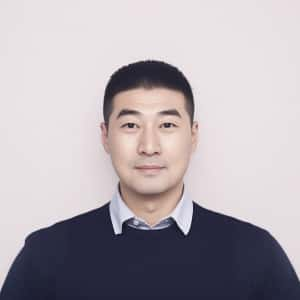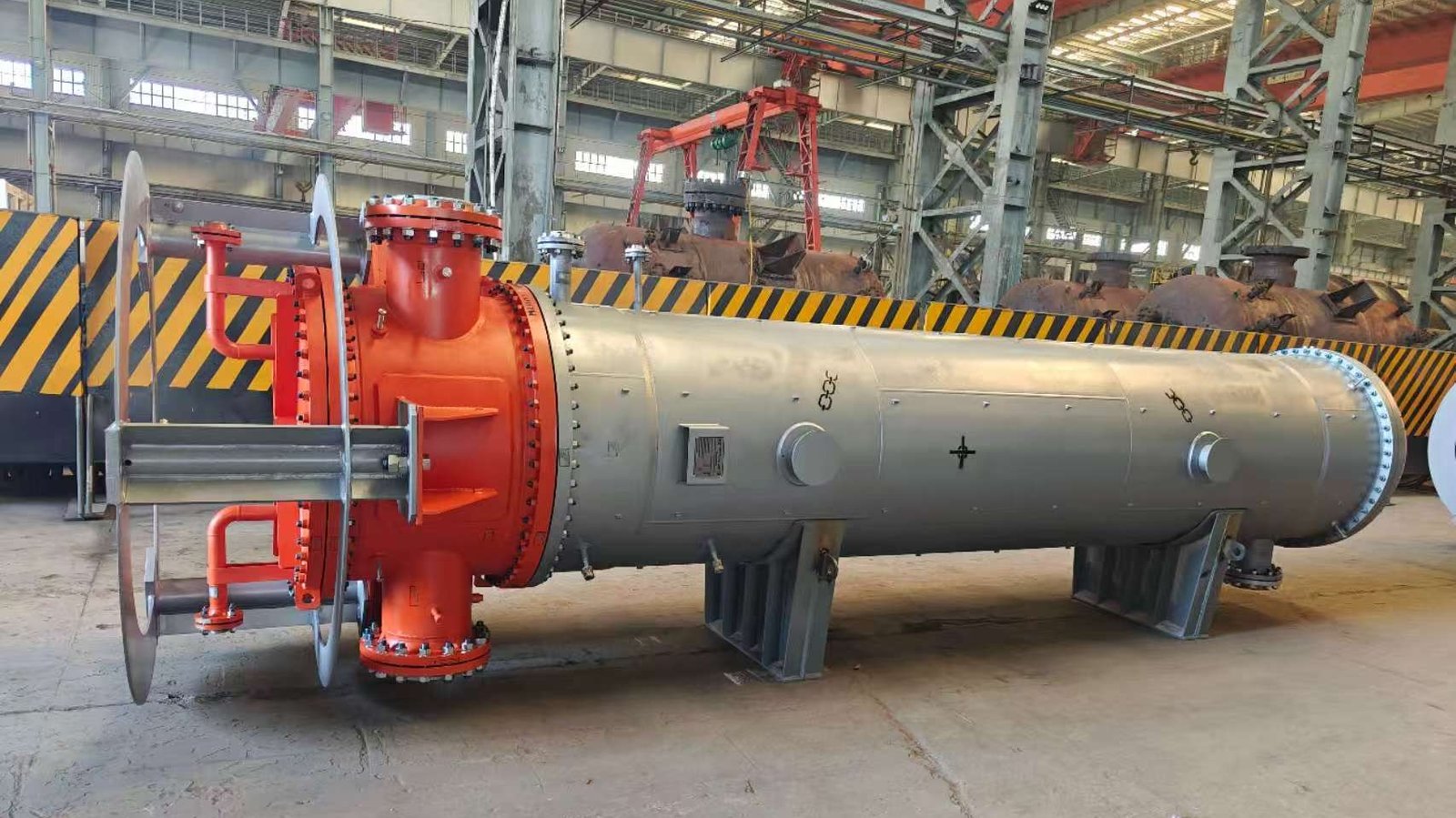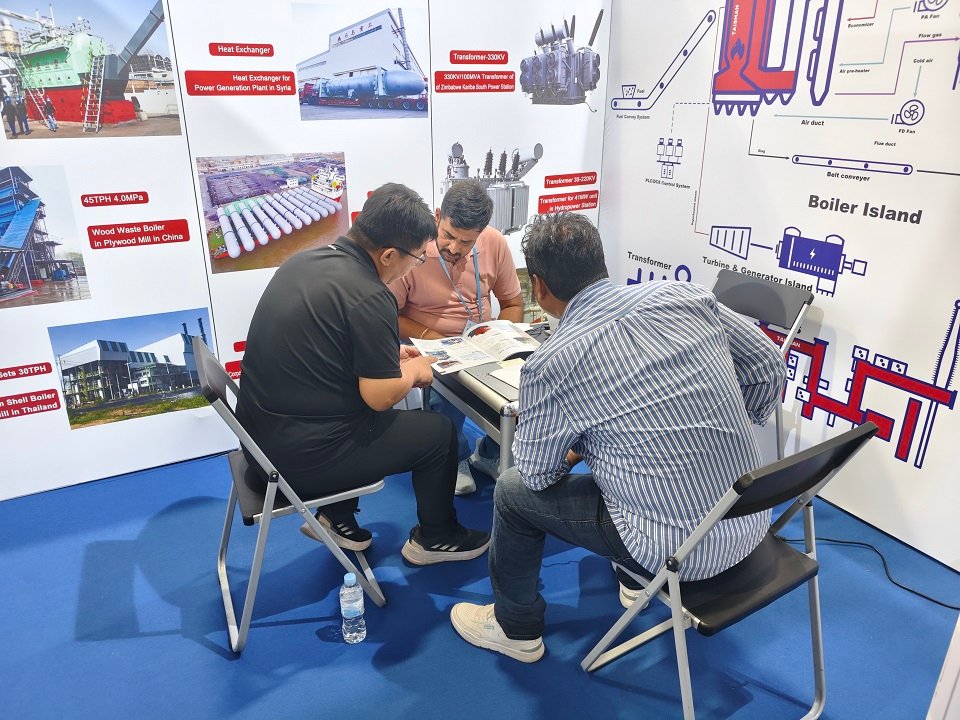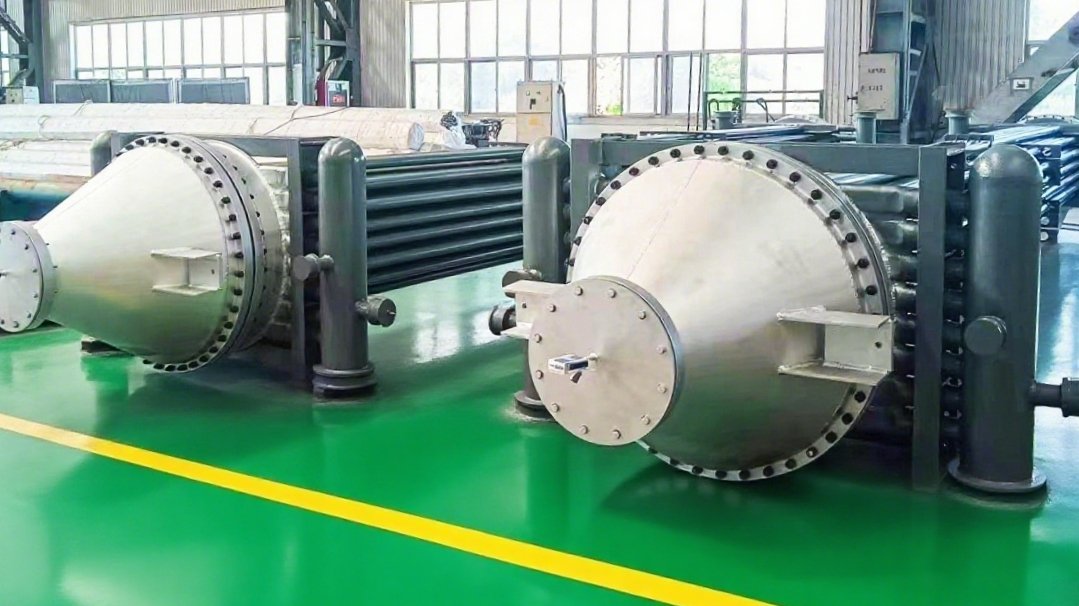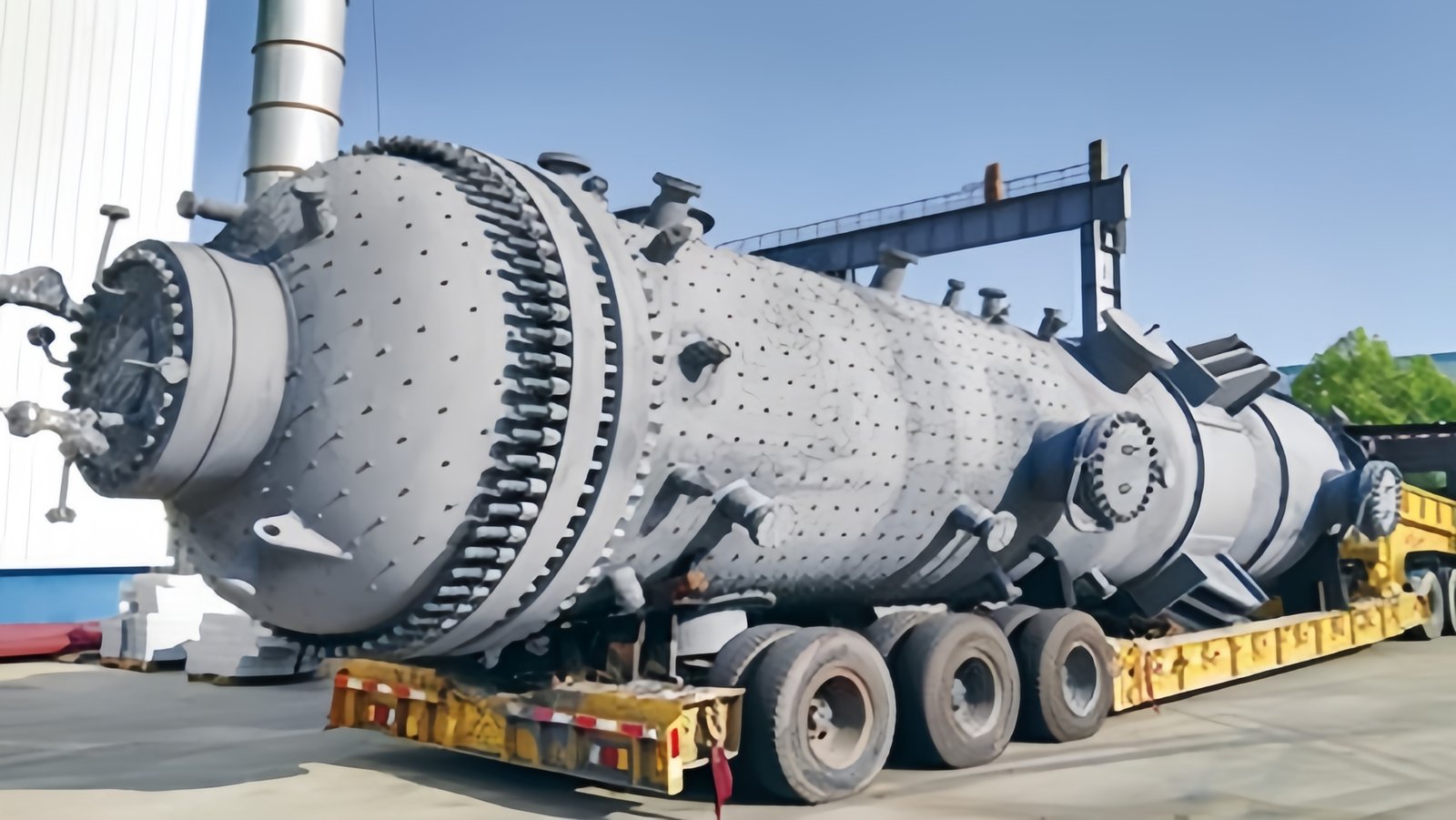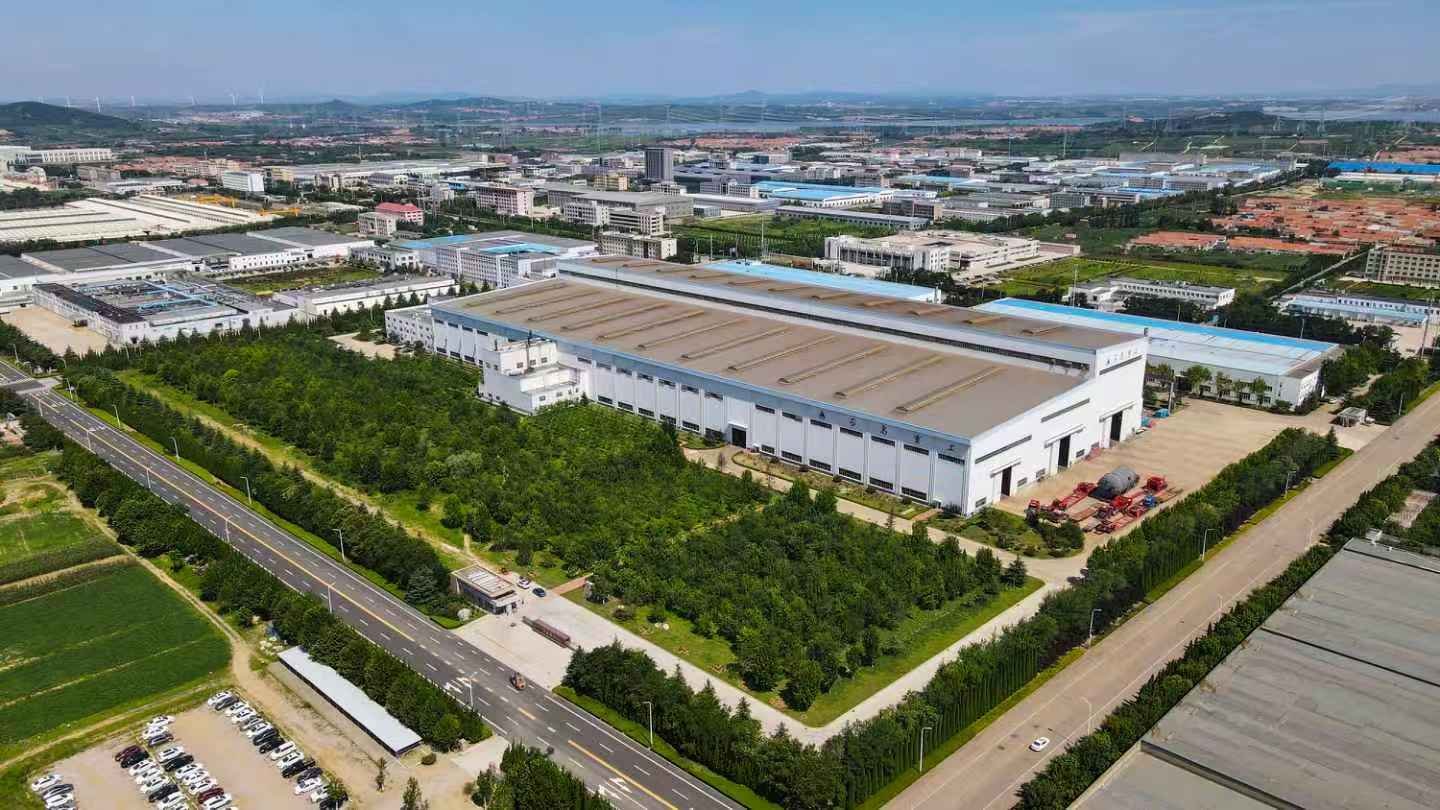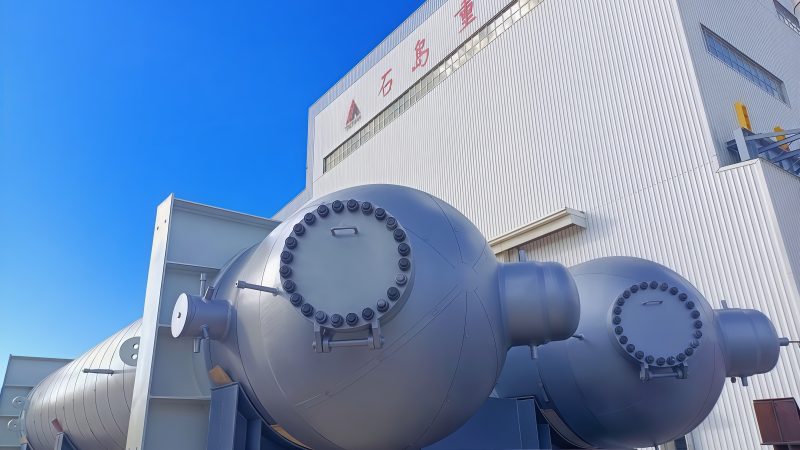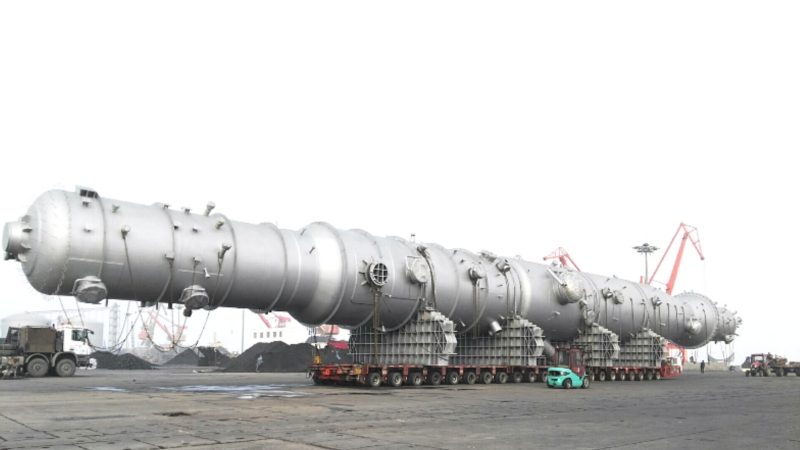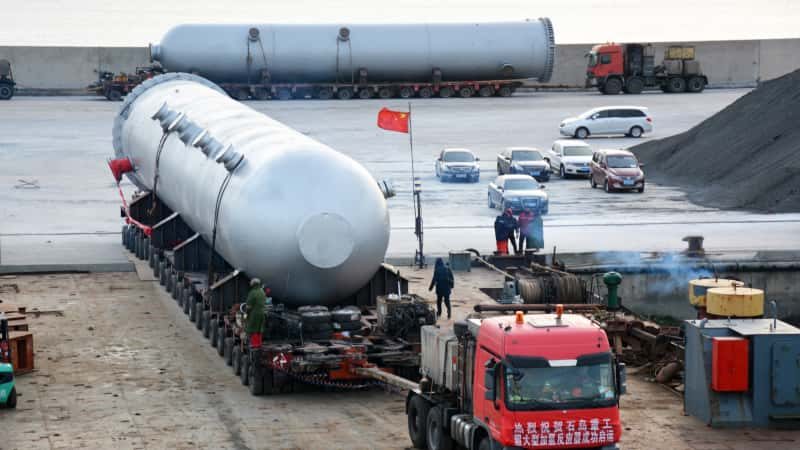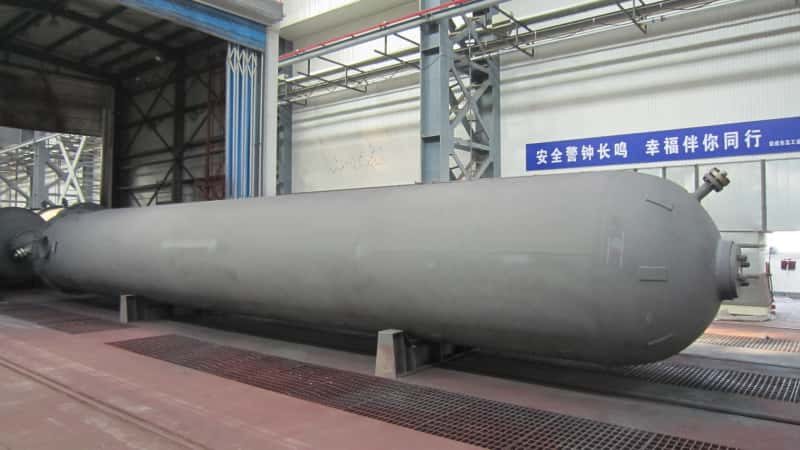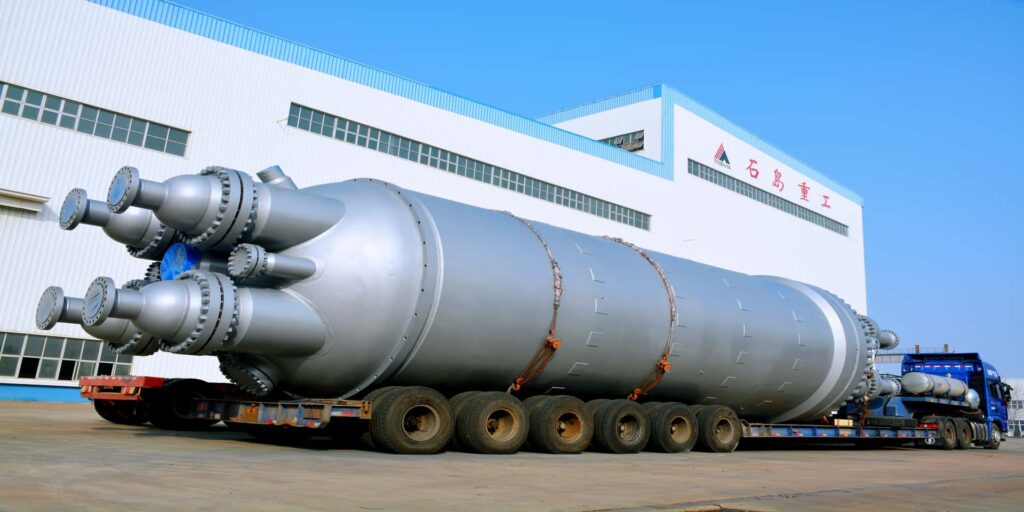
In industrial engineering and facility management, confusion between pressure vessels and non-pressure vessels can lead to improper equipment selection, code violations, and safety hazards. Many assume that tanks are interchangeable regardless of pressure classification—but this misunderstanding can cause catastrophic failures. That’s why it’s essential to clearly distinguish between a pressure vessel and a non-pressure vessel. These two types of containers serve very different functions, are built to completely different standards, and are governed by separate safety codes.
A pressure vessel is a sealed container designed to safely store or process fluids at a pressure significantly different from atmospheric pressure, usually above 15 psi. A non-pressure vessel, also called an atmospheric tank, is designed to operate at or near atmospheric pressure and cannot withstand internal or external pressurization beyond minimal limits.
Read on to understand the engineering, regulatory, and operational differences between these two vessel types—helping you make safe, code-compliant, and cost-effective decisions in your project or facility.
\
Non-pressure vessels can be safely used for compressed gas storage if built with thicker walls.False
Compressed gas storage requires pressure vessel certification and safety features regardless of wall thickness. Non-pressure vessels are not designed to withstand internal pressure.
Fundamental Purpose and Definition
| Attribute | Pressure Vessel | Non-Pressure Vessel (Atmospheric Tank) |
|---|---|---|
| Primary Function | Stores or processes fluid at pressure | Stores fluid at or near atmospheric pressure |
| Pressure Handling | Designed for significant internal or external pressure | Not designed to handle internal/external pressure |
| Typical Operating Pressure | >15 psi (or >1 bar) | 0 to 1 psi |
| Examples | Air receivers, steam drums, reactors | Water tanks, oil storage tanks, open reservoirs |
\ A non-pressure vessel can function as a pressure vessel with minor modifications.False Non-pressure vessels are not designed or constructed to handle internal pressure and cannot be converted to pressure vessels without a complete redesign and recertification.
Structural and Material Differences
| Feature | Pressure Vessel | Non-Pressure Vessel |
|---|---|---|
| Wall Thickness | Thick, calculated based on design pressure | Thinner, based on static load (fluid weight only) |
| Shape | Cylindrical, spherical with domed ends for stress control | Rectangular or cylindrical, flat heads common |
| Material Grade | SA-516, SA-240, high-strength alloys | Mild steel, fiberglass, polyethylene |
| Welding & Joint Standards | Full-penetration welds, inspected and certified | Simpler welds or mechanical joints |
| Safety Devices | Relief valves, burst discs, pressure gauges | May include overflow or level alarms |
| Testing Requirements | Hydrostatic, ultrasonic, radiographic testing | Visual or leak testing only |
Code and Compliance Requirements
| Code/Standard | Applies to Pressure Vessels? | Applies to Non-Pressure Vessels? |
|---|---|---|
| ASME Section VIII | ✅ Yes | ❌ No |
| PED (EU) | ✅ Yes | ❌ No |
| API 650 (Oil Storage) | ❌ No | ✅ Yes |
| OSHA 29 CFR 1910.169 | ✅ Yes (air receivers) | ❌ No |
| ISO 11120, GB 150 | ✅ Yes (global standards) | ❌ No |
Certification and Inspection
| Aspect | Pressure Vessel | Non-Pressure Vessel |
|---|---|---|
| Nameplate Identification | Required (MAWP, temp, serial) | Optional |
| Certified Inspector Needed | Yes, for fabrication/testing | Not required |
| NDE Techniques | RT, UT, PT, MT | Typically none |
\ Pressure vessels and non-pressure vessels follow the same inspection protocols.False Pressure vessels require detailed inspection and certification by code, while non-pressure vessels follow more basic, optional protocols.
Use Case Comparison
| Industry | Pressure Vessel Example | Non-Pressure Vessel Example |
|---|---|---|
| Chemical | High-pressure chemical reactor | Mixing tank with open top |
| Food & Beverage | Pressurized carbonation tank | Bulk ingredient storage bin |
| Energy | Steam drum in a power plant | Diesel fuel tank at atmospheric pressure |
| HVAC | Hydronic expansion tank (pressurized) | Condensate collection tank |
Chart: Pressure and Volume Ranges
| Parameter | Pressure Vessel | Non-Pressure Vessel |
|---|---|---|
| Operating Pressure | 15 psi to 100,000+ psi | 0 to 1 psi |
| Typical Volume Range | 5 liters to 100,000+ liters | 50 liters to millions of liters |
| Temperature Range | -50°C to 800°C | Ambient ± 50°C |
Engineering Implications
Pressure Vessel Design Considerations
- Stress calculations (hoop stress, longitudinal stress)
- Thermal expansion analysis
- Pressure cycling and fatigue resistance
- Corrosion allowance
- Safety factor (usually 3.5–4.0 times MAWP)
Non-Pressure Vessel Design Considerations
- Static load (weight of stored fluid)
- Atmospheric ventilation
- Weather protection (e.g., UV-resistant coatings)
- Spill containment
- Cost-efficiency over structural reinforcement
\ Non-pressure vessels are cheaper to design and manufacture than pressure vessels.True Non-pressure vessels require less material, engineering, testing, and certification, making them more economical.
Risk Comparison
| Risk Category | Pressure Vessel | Non-Pressure Vessel |
|---|---|---|
| Explosion Risk | High if overpressurized or damaged | Very low |
| Leak Risk | Medium (if welds fail) | Low to medium (depends on seal integrity) |
| Inspection Frequency | High (per code) | Low |
| Failure Consequence | Catastrophic (blast, toxic release) | Spill or contamination |
Summary
The difference between a pressure vessel and a non-pressure vessel lies in their pressure capacity, design standards, materials, inspection requirements, and applications. Pressure vessels are engineered to contain fluids at high pressures and are subject to rigorous codes like ASME and PED. Non-pressure vessels are typically used for storage at atmospheric pressure, require less stringent design criteria, and serve low-risk applications.
Need Help Selecting the Right Vessel for Your Application?
We design and supply ASME-certified pressure vessels and custom atmospheric tanks tailored to your industry’s needs. If you’re unsure which type of vessel your process requires, contact us today for expert engineering guidance and full compliance support.


